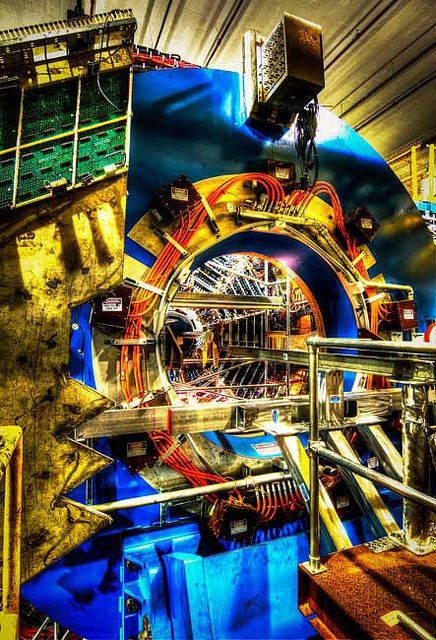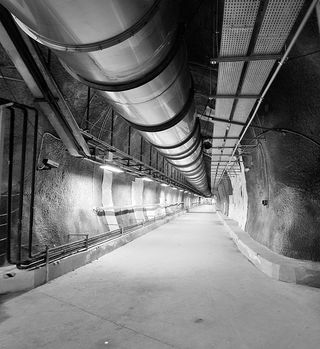Atom-Smashing Photos: Vote For Your Favorite

Particle colliders and rare-isotope accelerators not only help scientists understand how the universe was formed. The immense machines can be beautiful, too.
Last September, nearly 400 photographers toured some of the world's leading physics labs to capture the exquisite forms of technology inside. Forty images that came out of the second so-called Particle Physics Photowalk were chosen as finalists, and the InterAction collaboration, which represents the labs, wants your votes for the winner.
The photos that win the public's vote, as well as those that sway a panel of international judges, will be featured in Symmetry magazine and the CERN Courier. CERN is the lab in Switzerland that hosts the world's largest particle accelerator called the Large Hadron Collider (LHC), whose experiments revealed last year a new elementary particle that is likely the long-sought Higgs boson.
The top picks, which also will go on exhibit at the labs, are to be revealed in March. [See Some Finalists in the Photo Contest]
Among the facilities featured in the contest was the U.S. Department of Energy's Fermilab in Illinois, where photographers snapped away at its muon storage ring and four-story-tall collider detector, which once was used to look for high-energy particle collisions inside the Tevatron, an atom smasher that was shut down in 2011. And at Brookhaven National Laboratory in New York, photographers captured the Relativistic Heavy Ion Collider, now the only particle collider operating in the United States with the Tevatron's closing.

Participants also roamed Italy's Gran Sasso National Laboratory, the largest underground laboratory in the world; Chilbolton Observatory's 82-foot 25-meter antenna and millimeter wave laboratory in England; and U.K. Astronomy Technology Centre's 36-inch (0.9 m) telescope and electronics and materials laboratories in Scotland. A photo of TRIUMF, Canada's national laboratory for particle and nuclear physics, looks more like an artsy, industrial alley than static laboratory; another TRIUMF image reveals a lit-up star design.
Follow LiveScience on Twitter @livescience. We're also on Facebook & Google+.
Sign up for the Live Science daily newsletter now
Get the world’s most fascinating discoveries delivered straight to your inbox.










